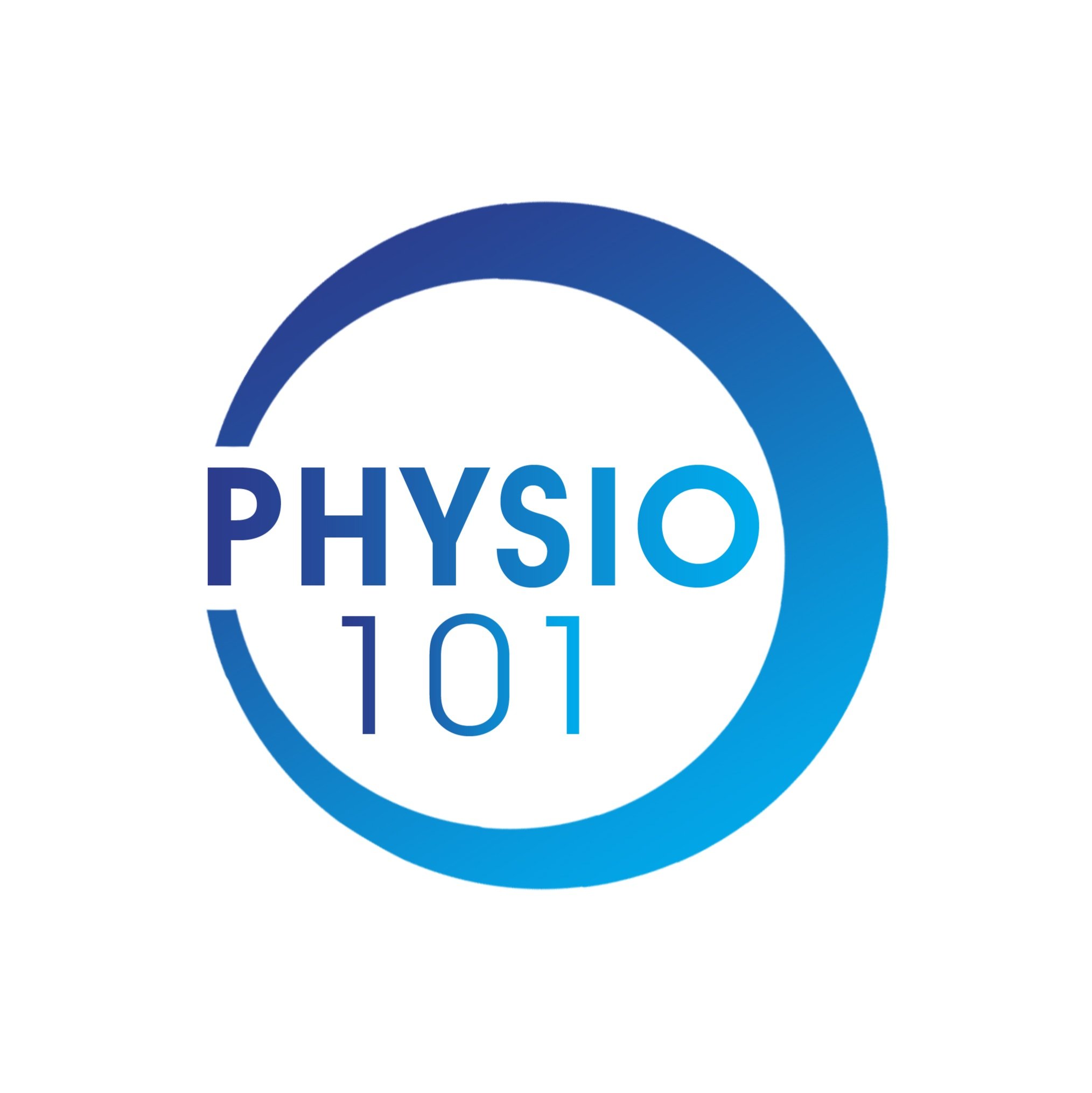MYTH OR FACT? | The Perimenopause/Menopause Edition
1. MYTH OR FACT: Menopause only affects women aged 50 years and older
-
MYTH!
The average age of menopause (not having a menstrual period for at least 12 consecutive months) is 50.2 years.
Women can experience premature menopause < 40 years, and early menopause between 40 – 45 years. The earlier this happens, the more important it is that women seek medical review.
2. MYTH OR FACT: Perimenopause symptoms are normal, and nothing can be done about them
-
MYTH!
Perimenopause symptoms are common, but some of them can be silent e.g. bone density loss or increased cardiovascular risk. There are many different treatment options for improving perimenopausal symptoms, and they should not be neglected.
Some signs and symptoms may overlap with cancer, for example, perimenopause and ovarian cancer symptoms can include pelvic pain and bloating, changes in urinary frequency, changes in bowel habits, and unexplained weight gain or loss.
An early medical screening can differentiate between these conditions and help identify anything requiring urgent medical attention!
3. MYTH OR FACT: Physical activity is important in midlife and can help with some perimenopause symptoms
-
FACT!
During perimenopause, women can experience many changes in body composition, such as increased fat mass, visceral obesity, reduced muscle mass and bone density. These changes increase risk of cardiometabolic illness e.g. type II diabetes, mechanical complications like osteoarthritis, and can also influence mood disorders.
A combination of aerobic exercise and resistance exercises have best effects on these body composition changes, and may also help reduce vasomotor symptoms (night sweats and hot flashes), as well as manage mood changes.
4. MYTH OR FACT: Hot flashes and night sweats are very bothersome, but will not affect our health
-
MYTH!
Vasomotor symptoms i.e. hot flashes and night sweats are the most common symptom of perimenopause and menopause. Hot flashes have been shown to be linked to reduced heart rate variability, which is associated with increased cardiovascular disease risk.
Women who experienced frequent or persistent vasomotor symptoms over midlife were associated with a 50 – 77% increased risk for cardiovascular events. Women who experience more hot flashes during sleeping hours have greater white matter hyperintensities on brain MRIs. These changes commonly increase with age, but large volumes have been linked to cognitive decline and Alzheimer’s disease.
5. MYTH OR FACT: Seeing a women’s pelvic health Physiotherapist can help with genitourinary and sexual health changes
-
FACT!
Thinning and shrinking of vaginal, vulval, and urethral tissues can cause many symptoms, such as dryness, itching, pain with penetrative intercourse, difficulty becoming aroused, increased bladder urgency, prolapse symptoms (e.g. heaviness, bulge), and urinary incontinence.
A women’s pelvic health Physiotherapist can assess you thoroughly to determine what the root cause of the issue is, and support you with the right exercises and advice tailored to you and your lifestyle!
6. MYTH OR FACT: Women who have never given birth before do not need pelvic health Physiotherapy
-
MYTH!
Pelvic floor symptoms can also affect women who have never given birth. It is important that these symptoms are not neglected or trivialized, as some symptoms can worsen over time and cause significant disruptions to one’s quality of life.

